Lundqvist, D., Flykt, A., & Ohman, A. (1998). The Karolinska Directed Emotional Faces - KDEF, CD ROM from Department of Clinical Neuroscience, Psychology section, Karolinska Institutet, ISBN 91-630-7164-9.
- Original Images (randomly selected from the dataset).
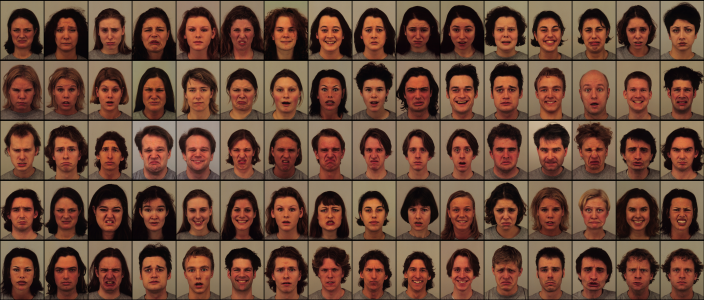
- Original Images (randomly selected from the dataset).
- Full Fit (both shape and appearance).
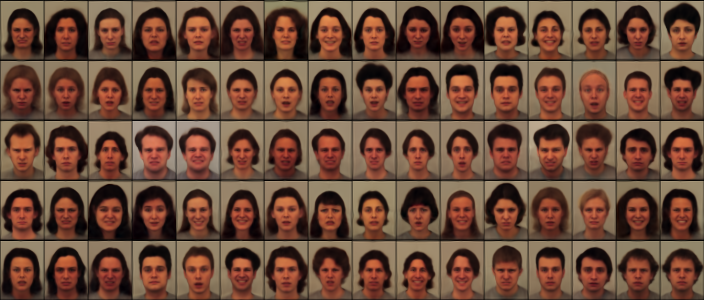
- Full Fit (both shape and appearance).
- Appearance model only.
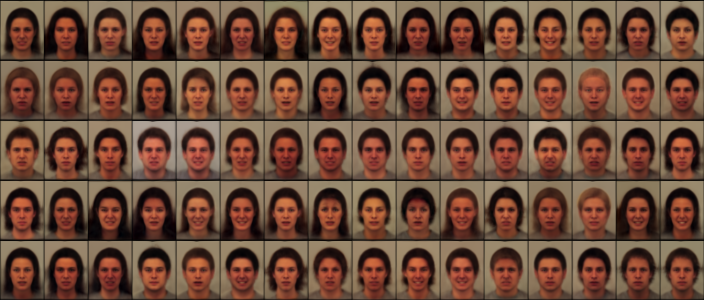
- Appearance model only.
- Shape model only.
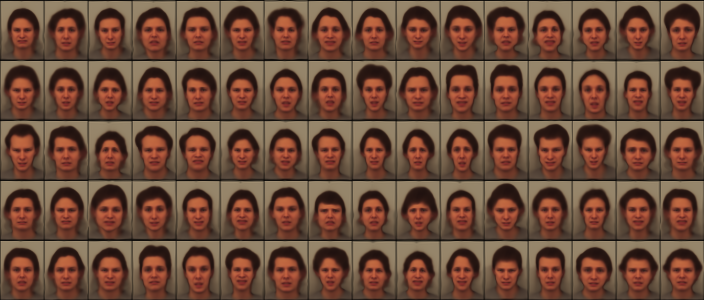
- Shape model only.
- First 10 modes of variability.


- First 10 modes of variability.
- Original Images (randomly selected from the dataset).
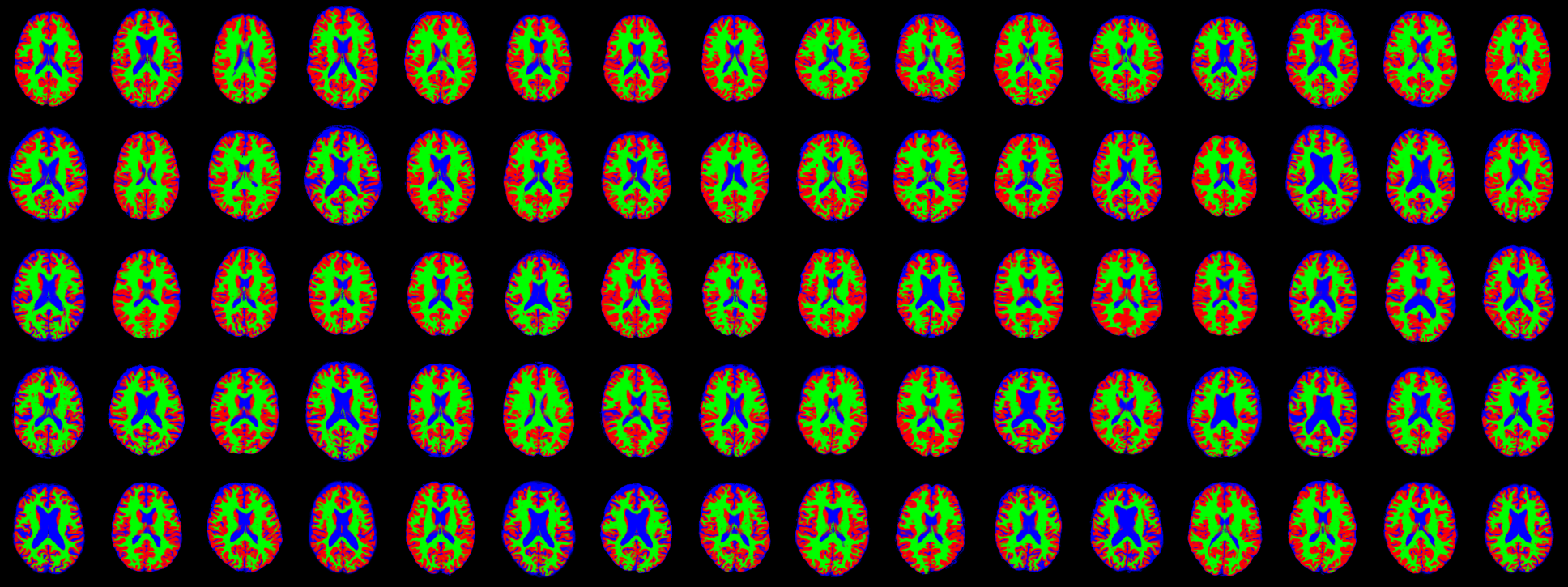
- Original Images (randomly selected from the dataset).
- Full Fit (both shape and appearance).
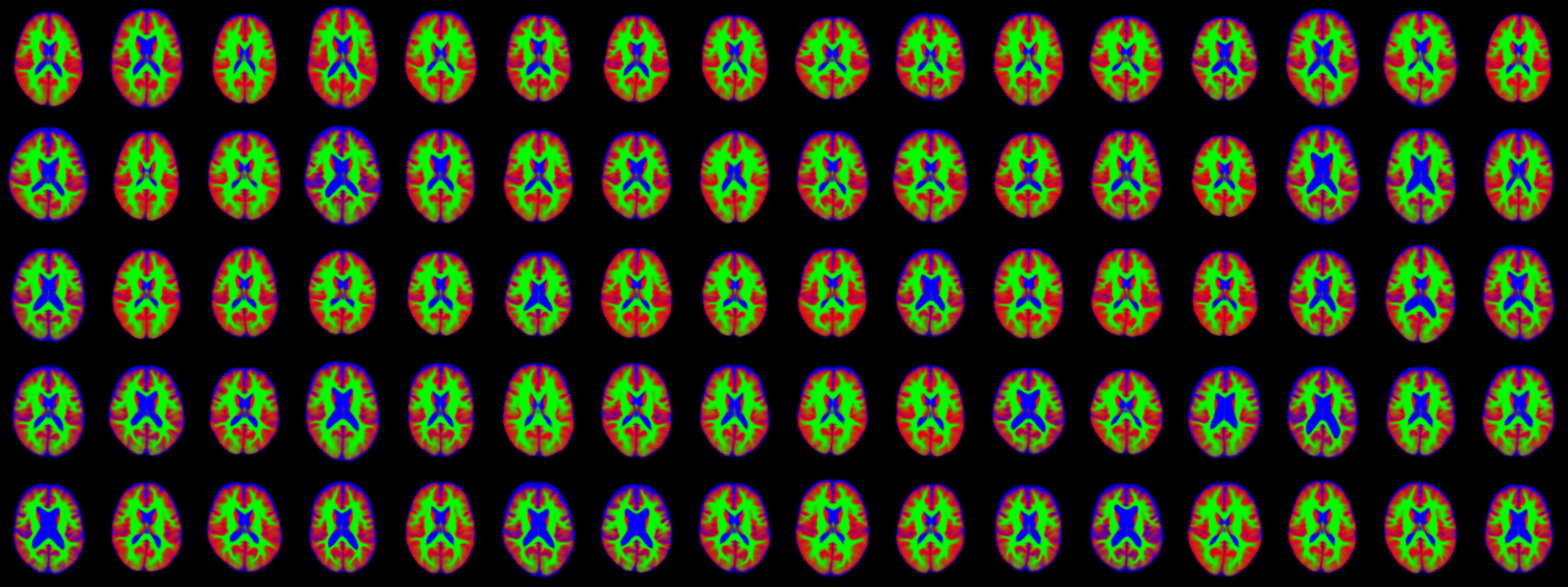
- Full Fit (both shape and appearance).
- Appearance model only.
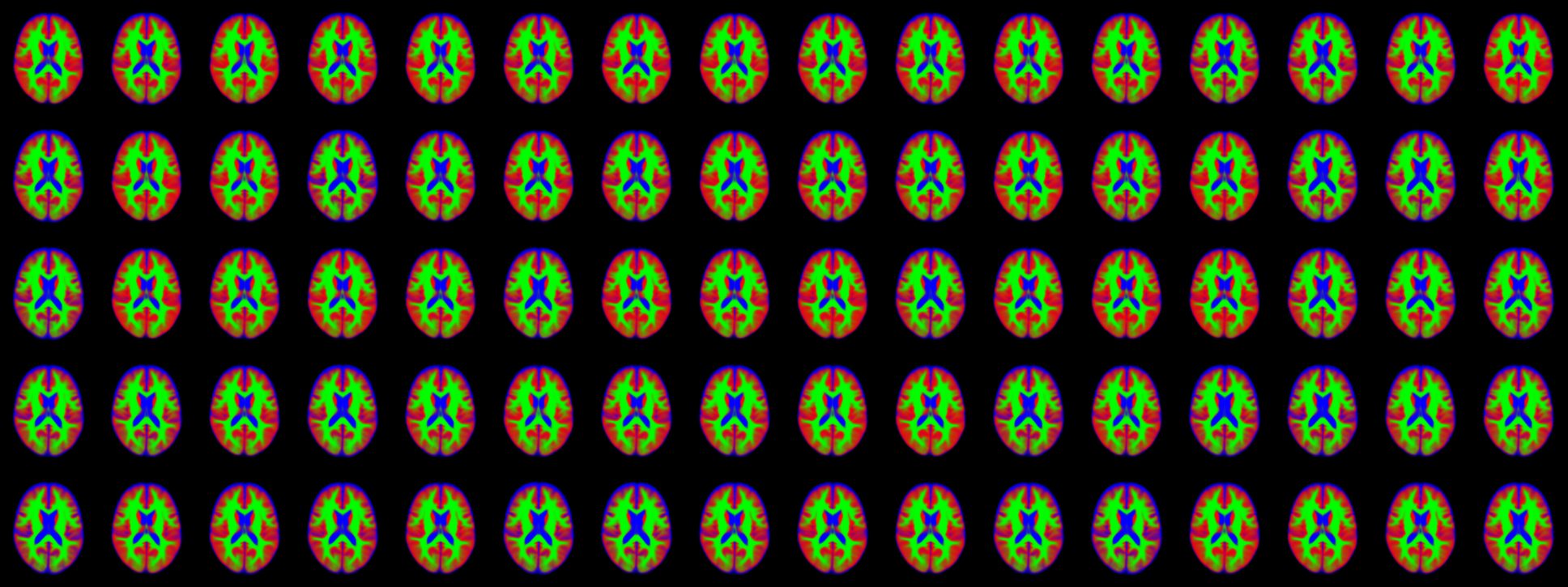
- Appearance model only.
- Shape model only.
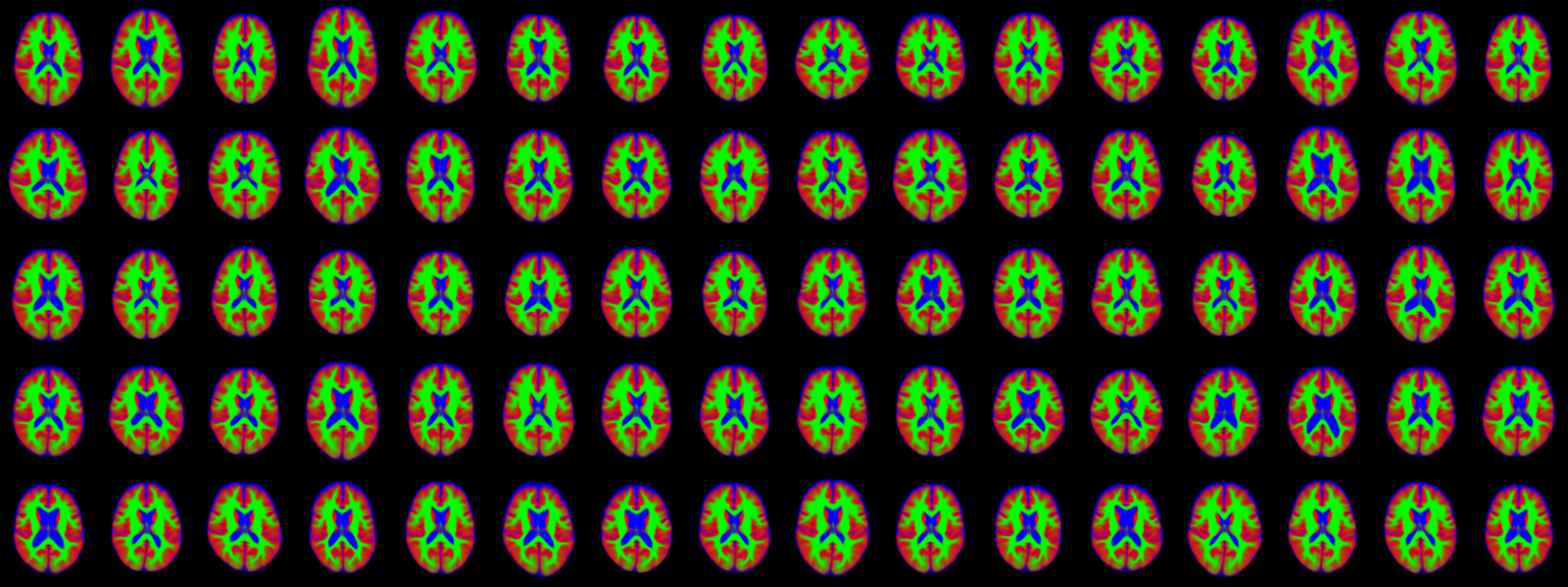
- Shape model only.
- First 10 modes of variability.


- First 10 modes of variability.